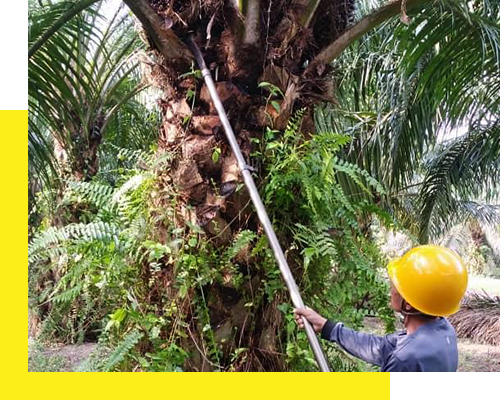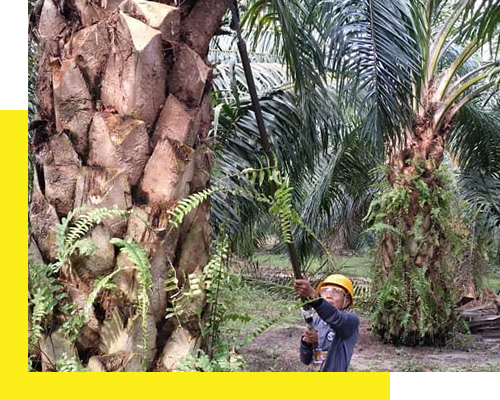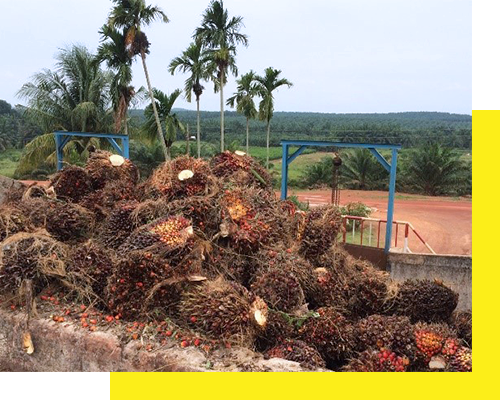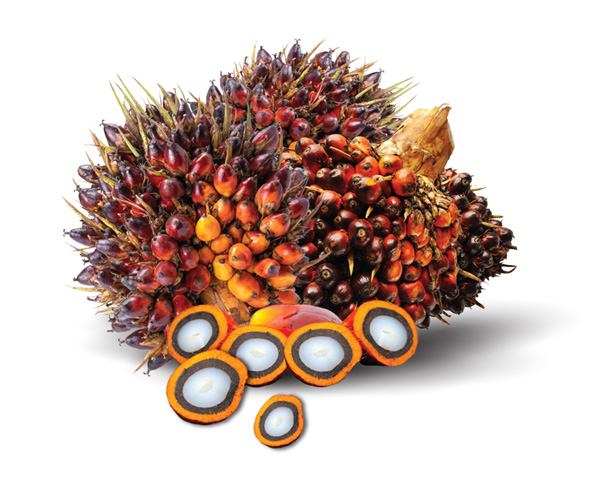
SEGAMAT ESTATE
Matang Estate or Segamat Estate is situated adjacent to the Jementah town in Segamat District, Johor. The estate is made up of 45 contiguous pieces of land with total titled areas of 1,094.15 ha spanning across both the Tangkak and Segamat District in Johor.
The estate is located by Jalan Muar-Tangkak-Segamat which connects both Segamat and Muar to the Southern Route of North-South Expressway via Tangkak Interchange. A significant portion of the 63-km Jalan Muar-Tangkak-Segamat has been upgraded to four-lane highway from the old two-lane trunk road following the approval of the Government of Malaysia in 2007. The following brief location map gives a rough idea of the location of Matang’s Segamat Estate.
South-bound from Kuala Lumpur
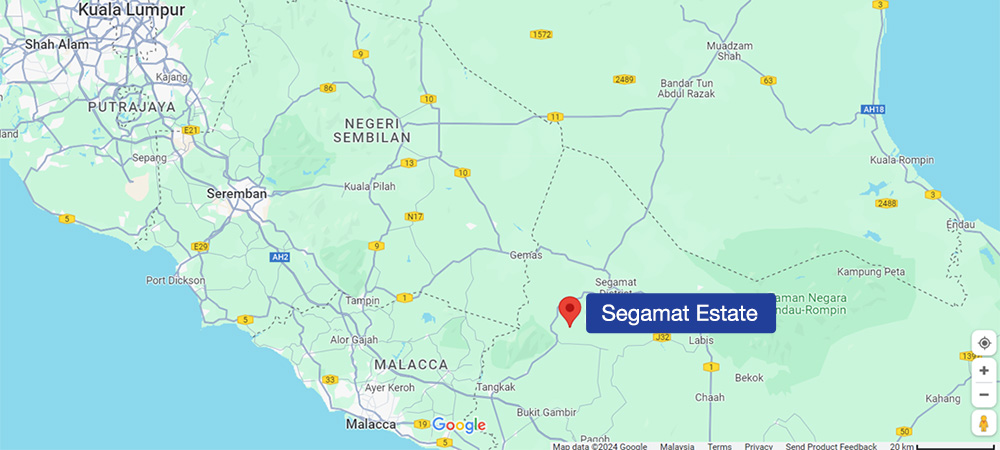
North-bound from Johor Bahru
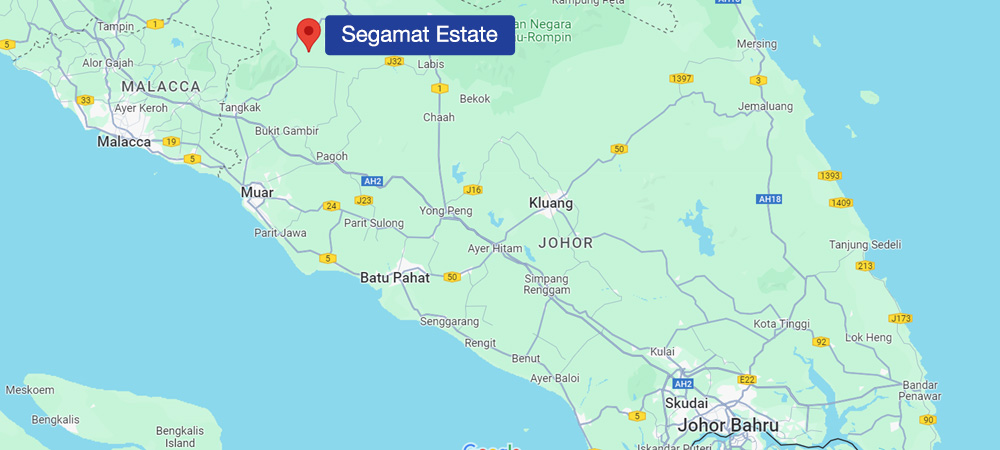
Segamat Estate and its surroundings

In term of terrain, the Segamat Estate is mostly flat and undulating, the terrain of which covers approximately 604.4 ha out of the total plantable areas of 1,080.0 ha or about 56.0%. 411.4 ha or about 38.1% areas are terrain of slope between 6° to 20°. A small 6.0% or 64.3 ha are areas with slope more than 25°.
Of the total plantable areas of 1,080.0 ha in Segamat Estate, the oil palm plantation covers 975.39 ha and the balance 104.61 ha. has been planted with durian trees. Of the oil palm plantation in the Segamat Estate of 975.39 ha, a majority, i.e., 613.90 ha or 62.94% are in fruit bearing prime age of between 9 years and 18 years as at 30 June 2023.
The following table and diagram show the composition of oil palm plantation in Segamat Estate by age of oil palm trees as at 30 June 2023.
| Age (in years) of oil palm trees | Total planted / plantable areas | |||||
| Immature | Mature | |||||
| 1-4 | 5-8 | 9-14 | 15-18 | 19-25 | ||
| Ha | – | 52.8 | 442.5 | 171.4 | 308.7 | 975.4 |
| %^ | – | 5.4% | 45.4% | 17.6% | 31.6% | 100% |
^ Expressed as a % of total areas of 975.4 ha. planted with oil palm trees.
Segamat Estate
Areas of Palm Trees (in Hectares) by Age as at 30 June 2023
Segamat Estate has thus far been the sole operating revenue generator for Matang Group until FYE 30 June 2023. The FFB production and production yield for the five FYs ended 30 June 2023 for Matang Berhad are shown below.
| FYE 30 June | 2023 | 2022 | 2021 | 2020 | 2019 |
| Mature hectarage (ha) | 975.39 | 948.99 | 980.41 | 1,027.17 | 1,027.17 |
| FFB production (tonnes) | 17,473 | 14,619 | 18,814 | 20,677 | 24,029 |
| FFB yield (tonnes/ha) | 17.91 | 15.40 | 19.19 | 20.13 | 23.39 |
In comparison, the FFB yield for Johor state, Peninsular Malaysia and Malaysia for the comparable periods were extracted from the website of MPOB and shown below:
FFB Yield of Johor state, Pen. Malaysia and Malaysia | |||||
| tonnes/ha | Jul 22 – Jun 23 | Jul 21 – Jun 22 | Jul 20 – Jun 21 | Jul 19 – Jun 20 | Jul 18 – Jun 19 |
| Johor state | 16.67 | 17.53 | 18.78 | 19.18 | 20.46 |
| Peninsular Malaysia | 15.72 | 16.06 | 17.05 | 17.07 | 18.49 |
| Malaysia | 15.38 | 15.22 | 16.04 | 16.60 | 17.67 |
YONG PENG ESTATE
Matang completed the acquisition of the entire shares in GFSB on 25 July 2023, further to which the company name was changed to Matang Agriculture and Plantation (Yong Peng) Sdn Bhd (herein referred to as “MAPYP”) on 8 September 2023.
MAPYP was incorporated (as GFSB) in Malaysia on 14 November 2007 as a private limited company. The principal activities of MAPYP are cultivation of oil palm. The main asset of MAPYP comprises a parcel of 56.226 ha freehold agricultural land identified as Geran 95001, Lot 7415, Mukim of Tanjung Sembrong, District of Batu Pahat, State of Johor Darul Takzim of which currently 37.64 ha are planted with oil palm trees of between 11 and 12 years old and approximately 17.09 ha have been planted with durian trees of approximately 40 years old.
The following brief location map gives a rough idea of the location of Matang’s Yong Peng Estate.
South-bound from Kuala Lumpur
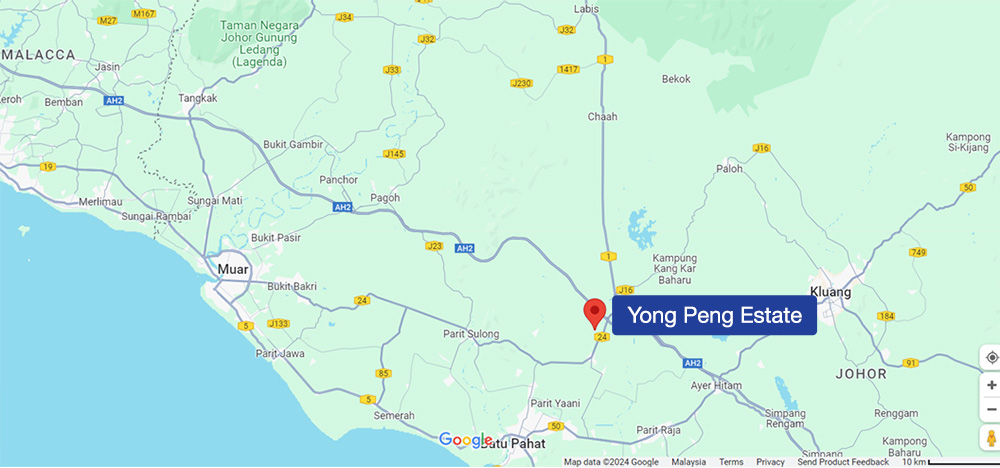
North-bound from Johor Bahru
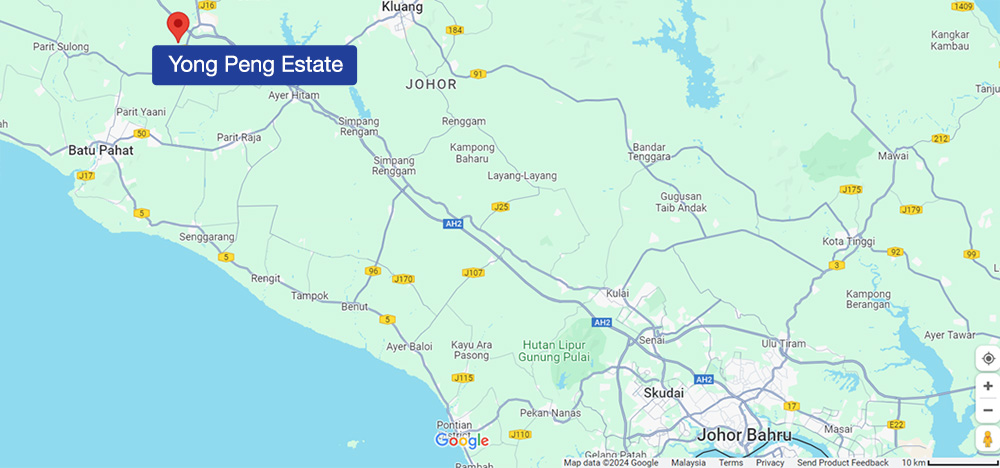
Yong Peng Estate and its surroundings
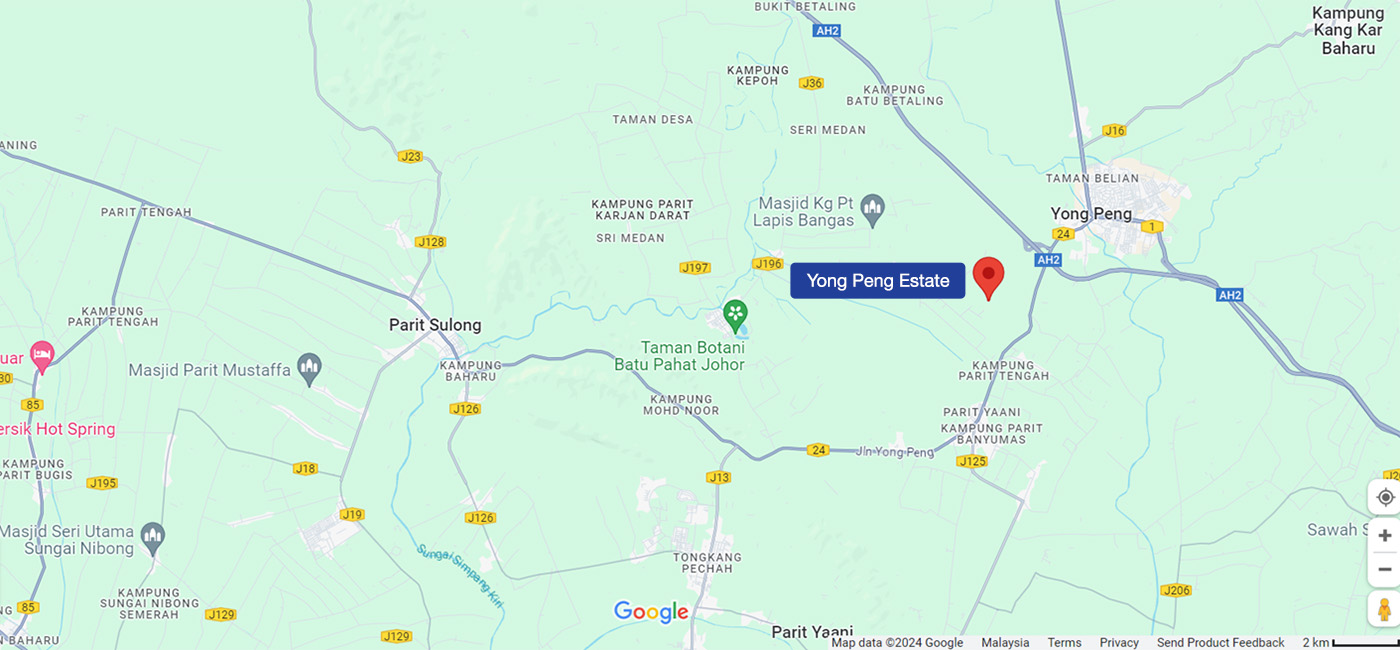
FLOW OF MAJOR PROCESSES
The primary activities of Matang Estate are in the business of operations and management of plantation estate, including procuring germinated oil palm seeds, planting or replanting (as the case maybe), field upkeeping that include weeding, pruning, manuring and pest control, harvesting and transporting of FFB, sales of FFB, the major processes of which are summarised as below:

01. Procurement of germinated seeds
FFB production begins with the selection of oil palm seeds. We proposes seeds intended to guarantee regular incomes for family farms and agro-industries.
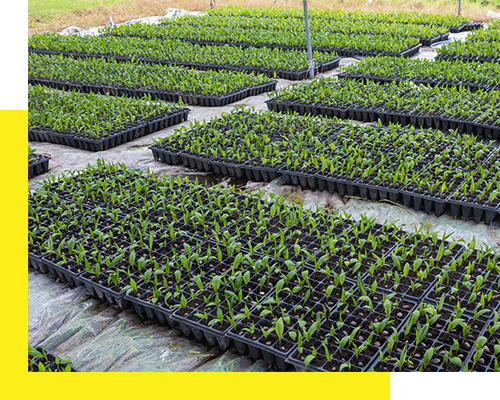
02. Planting seedlings in the nursery
The germinated seeds are planted and grown in nursery for a period 10 to 12 months. During this period, the seedlings are nurtured with structured topsoil to promote optimal seedling growth. In the meantime, the Estate will prepare the palm groves are in which the seedlings will be planted in, fertilise the soil so that it is rich in minerals and suitable for oil palms, as well as establishing leguminous cover plants over the palm groves to prevent surface run-off and improve soil structure.
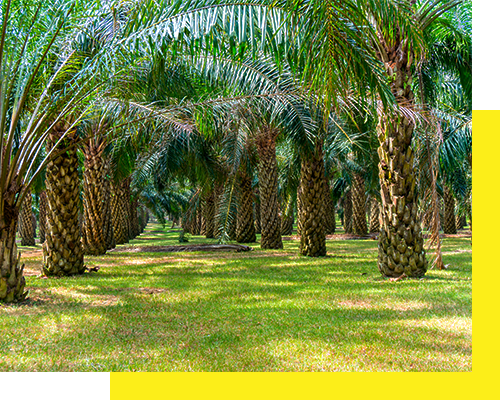
03. Moving seedlings to palm groves
After 10 to 12 months in the nursery, the seedlings are planted in the palm groves. The distribution and planting density ranges from 104 to 163 oil palm trees per hectare depending on the terrain of the land.
Our oil palms are fertilised to ensure that they have enough minerals and nutrients to absorb by carrying out four (4) to five (5) fertilising rotations every year. We also carrying out pruning on our oil palms two (2) times every year to ensure oil palms grow will. Additionally, we spray pesticides around the plantation a few times a year. This is to minimise crop losses and also ensure pests do not adversely affect the growth of the oil palms. The oil palms will begin producing clusters of fruit in approximately four (4) years.
04. Upkeep of plantation fields
Oil palms begin to bear fruits three (3) to four (4) years after planting/replanting. FFBs are harvested five (5) years after the oil palms are planted using sickles and chisels. Prior to harvesting, FFBs are examined through visual inspection and observation of loose fruits that have detached from the bunches. For visual inspection, a reddish-orange colour of the fruit indicates ripeness and as a result better palm oil quality, compared to unripe fruits, which would be blacker in colour and would yield a relatively low amount of palm oil The number of loose fruit that have separated from the bunch also indicates the level of ripeness of the FFB. If 5 to 10 fruits have detached from the bunch, it is catagorised as ripe and is to be harvested.
05. Harvesting & sales of FFB
FFBs harvested are then loaded onto our trailer lorry. The weights of the FFBs are recorded by weighing the trailer lorry on a weighbridge before and after FFBs are loaded. To ensure the quality of the FFB, FFBs are transported to third party millers within 48 hours after harvesting.

